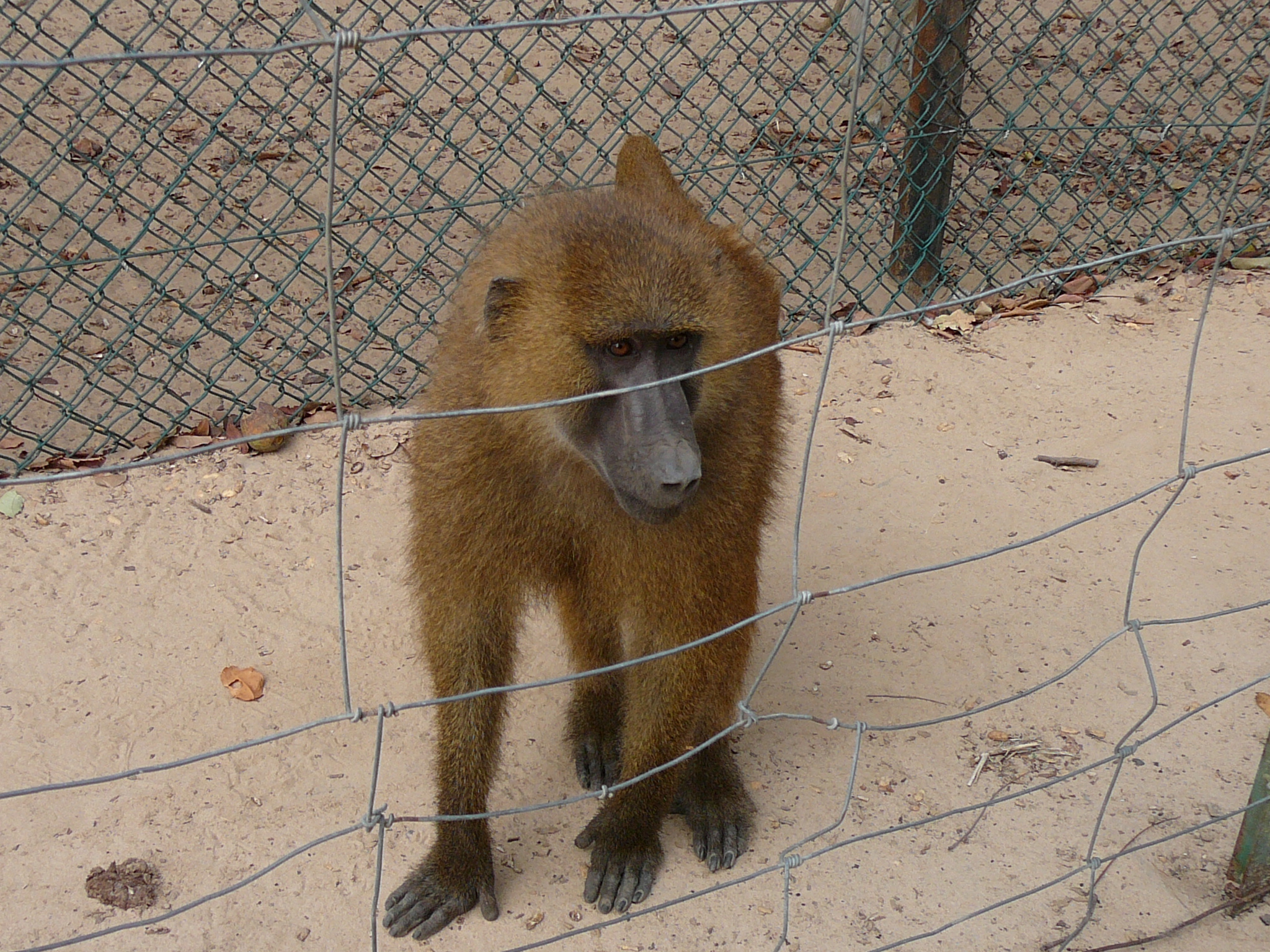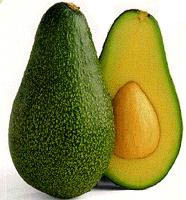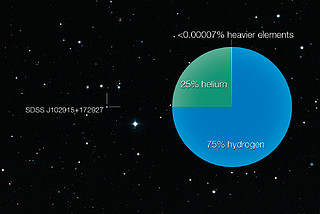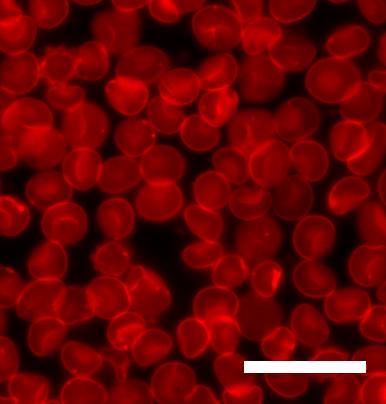At least, a few members of one species of monkey can recognize abstract analogies, according to research by Joel Fagot and Carole Parron of the Universite de Provence. The fact that this type of reasoning was thought to be the sole province of humans and great apes, makes this result surprising. The fact that it took tens of thousands of practice sessions to get 4 of the monkeys to perform better than chance on the task makes it a bit less so.
The particular type of analogy that was tested is called relational matching. Many of you may be most familiar with this type of reasoning from standardized tests. Car is to driver as horse is to rider. There’s no direct connection between a car and a horse, if you only saw the word ‘car’ you’d never guess that your were supposed to think of a horse next. You have to understand relationships and context to get the right answer.
The scientists showed baboons (species Papio papio) that had been extensively trained a touch screen displaying two objects with a specific relationship to each other. For example, they might see a large square and a small square. They were then given a choice of two other pairs, one of which shared the same relationship. In this case, it might be a large circle and a small circle, or two identical triangles. If the monkeys understand the exercise, they will select the circles. A few of them were able to do just that.
What makes this particularly interesting is that many cognitive scientists believe that language is essential for this type of relational thinking. If these baboons are able to employ these thought processes without any type of language, clearly that line of reasoning is wrong.
Photo of Papio papio by Atamari, 7/15/2007

















